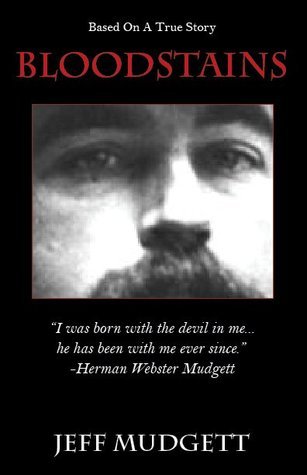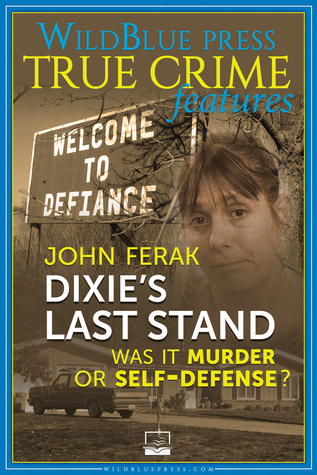
Kentucky Bloodbath: Ten Bizarre Tales of Murder from the Bluegrass State
Book Description
A dark rain falls over the Bluegrass State, masking secrets that lurk in its shadows. In 'Kentucky Bloodbath,' Kevin M. Sullivan unearths ten shocking tales of murder that redefine the twisted fabric of Appalachian life. Each story peels back layers of obsession, betrayal, and desperation, painting a vivid portrait of humanity's darkest impulses. From small-town scandals to sinister plots, the chilling narratives echo the haunting echoes of a state grappling with its past. What horrors lie in the heart of Kentucky, and can any truth truly escape the blood-soaked grip of legacy?
Quick Book Summary
"Kentucky Bloodbath: Ten Bizarre Tales of Murder from the Bluegrass State" by Kevin M. Sullivan is a gripping exploration of true crime stories that haunt the Appalachian heartland. Delving into a range of murders—spanning decades, motives, and means—Sullivan’s meticulously researched accounts reveal the turbulence beneath Kentucky’s pastoral surface. Each of the ten stories exposes the complex interplay of human emotion, from jealousy to vengeance, as ordinary lives spiral into extraordinary violence. The book sheds light not only on the crimes themselves but also on their enduring impact on communities, families, and the criminal justice system. Sullivan’s storytelling melds history, psychology, and law, ultimately painting a portrait of a region where darkness occasionally prevails over light, prompting readers to question what really lurks behind everyday facades.
Summary of Key Ideas
Table of Contents
The Hidden Darkness Behind Small-Town Life
Set against the scenic yet shadowed landscape of Kentucky, Sullivan’s book delves beneath the serene veneer of rural America. The ten murder cases chronicled reveal how darkness festers beneath the surface, waiting for a spark—a bitter argument, a secret affair, or petty rivalry—to set off tragic events. Small towns, often believed to embody safety and simplicity, become the backdrop for chilling crimes, showing how tightly held secrets and unresolved tensions can lead to violence. The book’s settings are vividly rendered, making the reader keenly aware of how place and circumstance can amplify human failings.
Psychological Drivers of Crime and Obsession
Sullivan explores the intricate psychological makeup of killers and victims alike. Whether motivated by desperation, jealousy, greed, or mental instability, the individuals in these stories show the complex web of emotions fueling their actions. The author offers glimpses into the minds of murderers, examining the obsession and compulsion that drive them. In several cases, psychological unraveling leads directly to tragedy, while in others, manipulation and cunning play prominent roles. These insights lend depth, transforming each case from mere sensationalism into a study of human nature’s darker potential.
Impact of Crime on Community and Legacy
Besides focusing on those directly involved, Sullivan illustrates the rippling effects of murder on families and communities. Each crime doesn’t just claim a victim; it shatters the social fabric, instilling fear and suspicion among those left behind. Generational wounds and local legends often form in the aftermath, affecting how communities define themselves and relate to outsiders. Sullivan highlights not just the initial shock but the long-term consequences of violent events on collective trust and legacy.
Law Enforcement and Societal Response
Law enforcement’s response emerges as another key theme. Sullivan details the investigative challenges encountered by authorities, from outdated forensic tools to jurisdictional complexities and sometimes flawed policing. The pursuit of truth is often hampered by community reluctance, misinformation, or institutional inadequacy. In some stories, justice is swiftly served; in others, it remains frustratingly elusive. The author scrutinizes how justice systems adapt—or fail to adapt—to these shocking breaches of order.
Unraveling Truth in Historical Context
Woven throughout is the role of history and truth-seeking. Many tales reference not just the facts of the cases but also the context in which they occurred: shifts in cultural attitudes, evolving technology, and changing legal landscapes. Sullivan frames each murder as both a personal tragedy and a fragment of Kentucky’s broader historical tapestry. As readers, we are left to wonder what motivates people to violence—and how, amid legacy and myth, truth might finally see the light, even in a blood-soaked land.
Download This Summary
Get a free PDF of this summary instantly — no email required.





